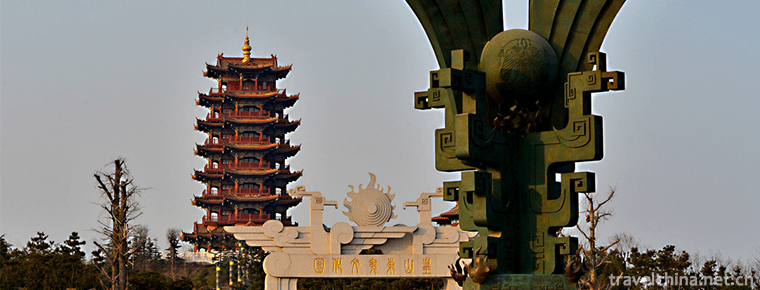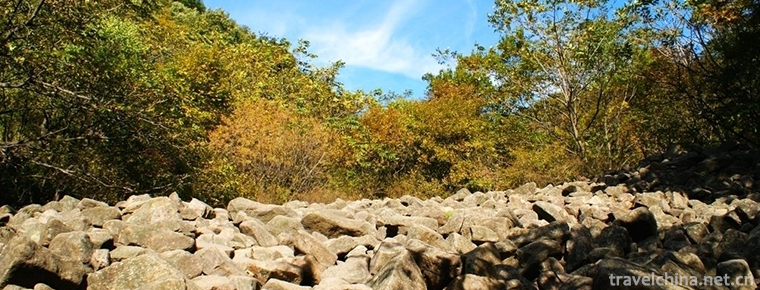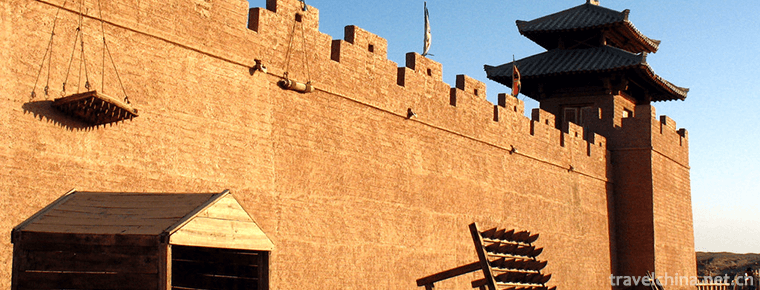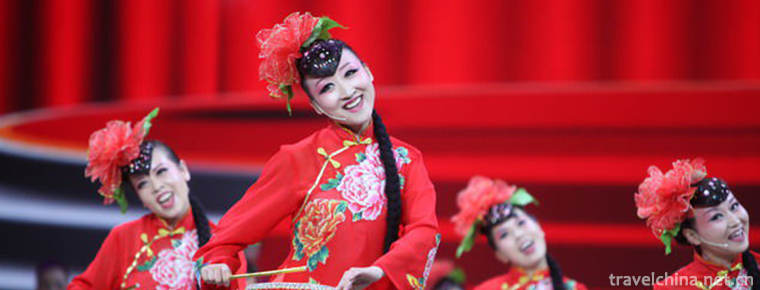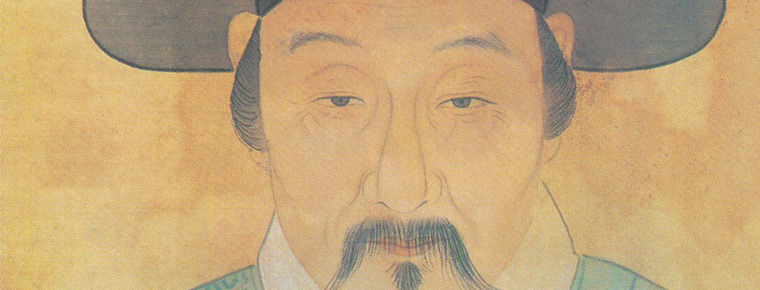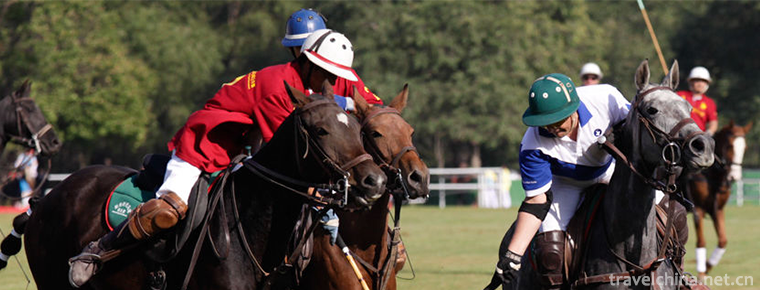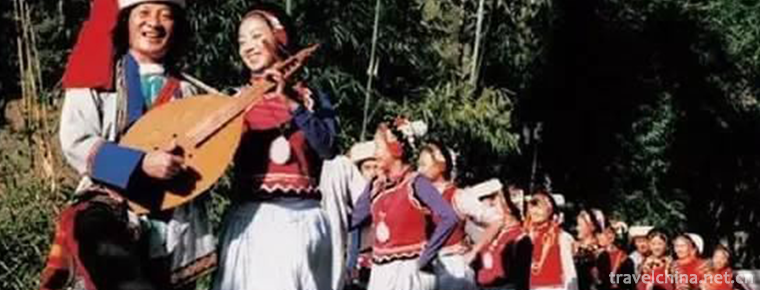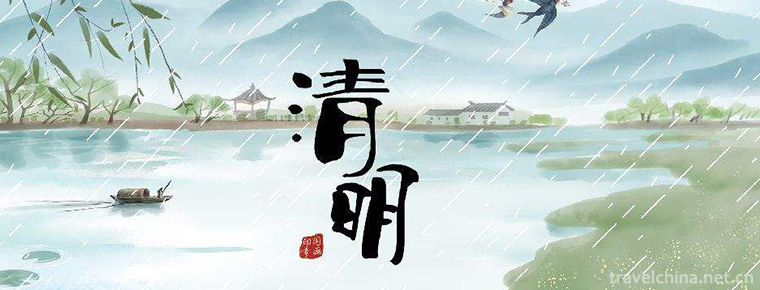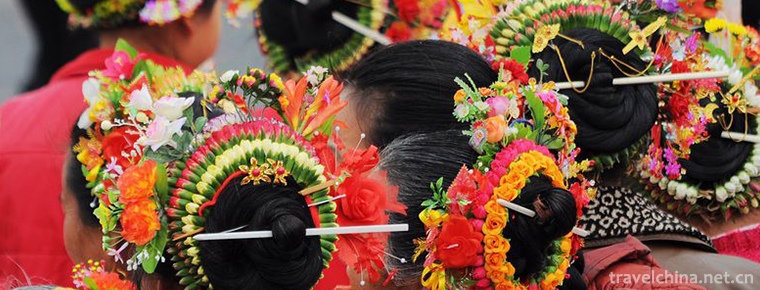Wheat straw cut and paste
Wheat straw cut and paste
Straw clipping is a traditional folk handicraft. Also known as "wheat straw clipping", "wheat straw clipping". Using the natural luster of wheat straw and the characteristics of rushing to tear into silk, the picture is made by blanching or dyeing, using such techniques as tearing, cutting, engraving and rushing, or placing or directly sticking wheat straw layer by layer. Generally, traditional Chinese painting is used in composition. Inserted in the frame, as an appreciation. The wheat straw painting handicraft is produced in many parts of the country. It is famous in Xiantao, Harbin, Chaozhou, Nanyang, Pujiang and Guangxi.
On December 3, 2014, wheat straw clipping was announced by the State Council as the fourth batch of representative projects of national intangible cultural heritage.
Historical origin
Originated in the mid-Ming Dynasty, the traditional craftsmanship at that time came out of the womb from the clipping of wheat stalks and fan stamens, and developed into an independent characteristic craftsmanship in the Qing Dynasty. According to legend, it was first created by artist Ni Renji, and then disappeared for a time. During the Tongzhi period of the Qing Dynasty, folk artist Jin Cui'e excavated and made it popular. Every spring wheat harvest season, folk artists choose the polished straw, which is bleached, dyed and pressed into thin straw sheets, clipped on white silk or cardboard, and pasted (piled) with straw layer by layer to form a picture. Generally, traditional Chinese painting is used in composition. Embedded in the frame, as an appreciation. It also uses straw stickers as dowry ornaments and fan cores.
After the founding of the People's Republic of China, the technology of wheat straw pasting has developed greatly, from a single plane pasting to three-dimensional pasting, such as three-dimensional stacking into goldfish, Mandarin ducks, pheasants, pandas and so on. There are flower arrangement and bookmarks for vases made of wheat straw.
Cutting and pasting of Xiantao straw
Xiantao wheat straw clipping, also known as Deng's wheat straw painting, can be traced back to the Sui Dynasty, has a history of more than 1400 years.
Straw clipping is unique in China and the world. It originated in the reign of Qianlong in Qing Dynasty. It was introduced into Wuyang (today's Xiantao) in the reign of Daoguang. It was widely distributed in Huguang and was the source of wheat straw painting in Wuyang. After more than one hundred years of development, the folk traditional arts and crafts, mainly composed of calligraphy, painting and three-dimensional relief, have gradually formed. Xiantao straw clipping is an important part of Chinese arts and crafts.
After several generations of inheritance and innovation, Xiantao wheat straw painting is mainly created with Jingchu culture as the background and the characteristics of Yumi Waterfront in Hubei Province as the theme. It develops from simple plane carving to semi-stereoscopic and even full-stereoscopic craftsmanship, and uses the advanced craftsmanship to make the works beautiful and environmentally friendly. Deng's wheat straw painting was roughly formed in Tongzhi period of Qing Dynasty. Deng Chuotang (literary elegant Confucian), the grandson of Huguang Wuyang Prefecture, went to the Beijing Palace for an examination. During the waiting list period, he was exhausted. He made wheat straw paintings in the suburbs of the city. The princes and ministers rushed to buy them and gathered in Beijing without envy. Therefore, Jinshi and Ti, in order to edit and polish the painting skills in their leisure time, have become increasingly perfect, forming a unique art secret to their descendants. When the resigned officials returned to their ancestral home, they began to spread in Xiantao, and gradually formed Deng's wheat straw painting, which was adapted to the customs and customs of Xiantao area and popular aesthetics. In 2013, Deng Youpu, the inheritor of Xiantao wheat straw clipping, won the title of Master of Chinese Arts and Crafts.
On December 3, 2014, Xiantao wheat straw clipping was announced by the State Council as the fourth batch of representative projects of national intangible cultural heritage.
Chaozhou wheat straw clipping
Chaozhou wheat straw cut-and-paste art originally appeared in the form of knitted fabrics. Rural artists use newly harvested straw to weave baskets, hats, tables and chairs, sedan chairs, fans, horses and other small crafts. Later, it gradually evolved into wheat straw clipping. The main themes of Chaozhou straw clip paintings are characters, flowers, birds and animals, aquariums and landscapes. There are two forms of expression: natural color and color matching. The true color refers to the golden and brown-red color of wheat straw itself, which is cut and pasted on dark paper lining or thin board, silk and satin. Cross-color is to dye wheat straw in various colors, cut and paste on the thin board, thus producing special artistic effects. The wheat straw cut-and-paste painting has the delicate embroidery of Chaozhou and the charm of Chinese painting, which enjoys a high reputation at home and abroad.
In 2009, it was selected as the third batch of provincial intangible cultural heritage list.
Qingfeng wheat straw clipping
On December 3, 2014, the State Council promulgated the Circular of the State Council on the Publication of the Fourth National Catalogue of Representational Items of intangible cultural heritage (Guofa 59). 153 items of the expanded catalogue of representative items of intangible cultural heritage at the national level were published, of which 18 items in Henan Province were successfully selected. The traditional art straw clipping in Qingfeng County has been published by the State Council as the fourth batch of representative projects of national intangible cultural heritage.
Nie's wheat straw painting is also one of the wheat straw painting varieties with large scale and great influence in the Central Plains area and good heritage and protection of excellent traditional culture. It has high research value in folklore, painting art, folk skills and so on. This is listed in the national protection project list, which will promote the intangible cultural heritage protection of Qingfeng County to a new level, and also make new contributions to promoting excellent traditional culture and promoting the comprehensive and coordinated development of our county's culture, economy and society.
Inheritance significance
The wheat straw painting is named for its material, which is a folk clipping art full of strong local flavor, symbolizing good luck and harvest. Therefore, it has a special meaning, with high ornamental value and collection value.
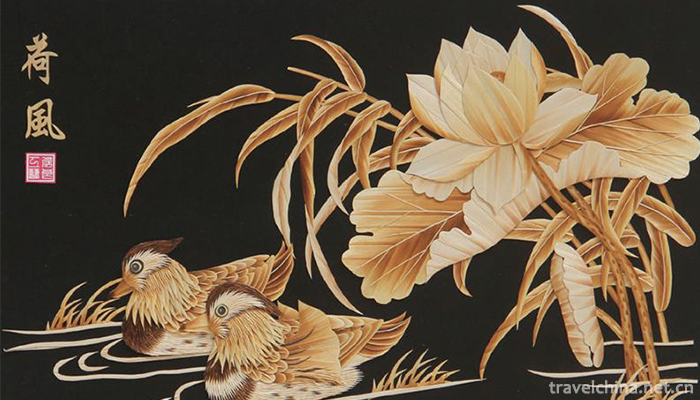
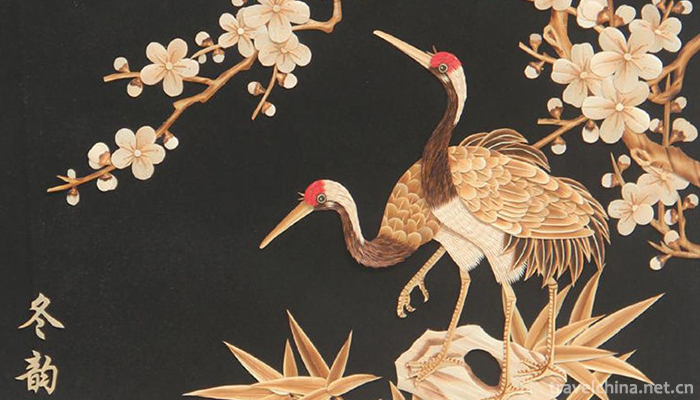
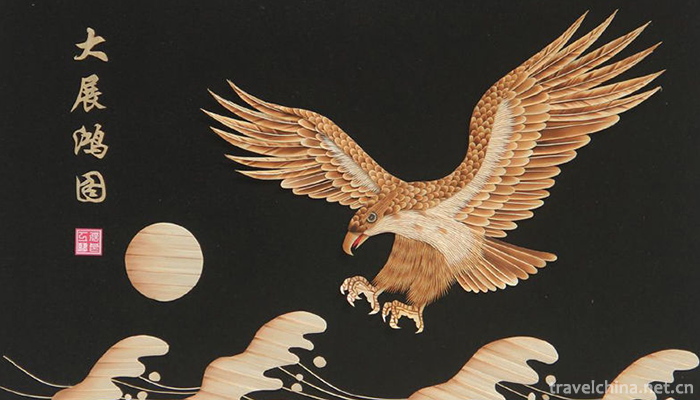
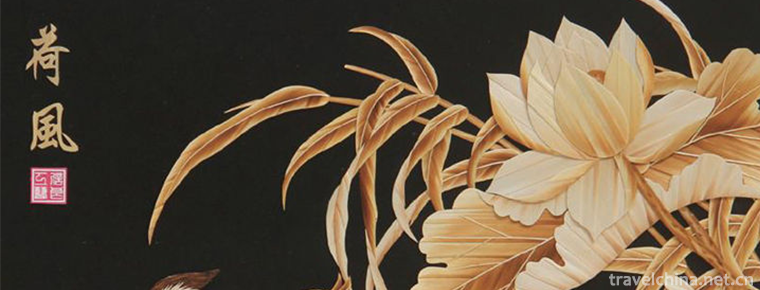
Wheat straw cut and paste
-
Huangshan Yi Culture Tourist Area
Huangshan Yi Cultural Park is a national AAAA-level tourist attraction, located in the northwest of Linyi Economic and Technological Development Zone.
Views: 280 Time 2019-01-18 -
Limutai Natural Scenic Area
Limutai Natural Scenic Spot is located at the northernmost end of Tianjin, known as "Tianjin Arctic". In the scenic area, the peak forest and canyon are strong and dangerous
Views: 217 Time 2019-01-29 -
Yumen Pass Yumenguan
Yumenguan was named after Emperor Wudi of Han Dynasty when he opened the Western Regions Road and set up four counties in Hexi. The Han Dynasty was a gateway to all parts of the Western Regions.
Views: 622 Time 2019-03-06 -
Heluo drum
Heluo Dagu, commonly known as "Shuoshu", is one of the traditional local songs in Henan Province.
Views: 191 Time 2019-05-03 -
The story of Xie Jin
Xie Jin (Dec. 6, 1369 - Feb. 22, 1415), a literary Minister of Ming Dynasty, was born in Jishui, Ji'an Prefecture, Jiangxi Province.
Views: 125 Time 2019-05-06 -
Polo
Polo refers to a sport in which horses are riding and polo clubs are used to hit the ball. In ancient China, Polo was called "hitting the bow". It was invented in the Han Dynasty and flouris
Views: 154 Time 2019-05-15 -
Nu Dabian Dance
"Dabian Dance" is one of the representative dances of the Nu nationality, which is spread in the Nujiang Lisu Autonomous Prefecture Fugong County Nu villages. Dabian dance is characterized b
Views: 148 Time 2019-06-08 -
Qingming Festival
Qingming Festival, also known as Taqing Festival, Xingqing Festival, March Festival, ancestor worship festival, the festival period in mid-spring and late spring. Qingming Festival originated from anc
Views: 162 Time 2019-06-11 -
The Custom of Hupu Women
Hupu women's custom is a traditional folk custom in Quanzhou City, Fujian Province. Hupu women are mainly distributed in the communities of Hupu, Jinzai, Houpu and Dongmei in Donghai Street, Fengze Di
Views: 214 Time 2019-07-09 -
Mount Fulai
Mount Fulai is one of the top 40 tourist attractions in China. It is 27 kilometers away from Shunan Bamboo Sea central scenic spot and 10 kilometers away from qidonggou, a 4A tourist attraction. It is composed of more than 80 hills.
Views: 180 Time 2020-10-16 -
Famous people in Mianyang
Wenqi, Emperor chengdi of Han Dynasty, Guangwu people, Ziqi, Zhenyuan General of the Eastern Han Dynasty.
Views: 340 Time 2020-12-14 -
Geographical environment of Leshan
Leshan City is located in the central part of Sichuan Province and the southwest of Sichuan Basin. Its geographical coordinates are 102 ° 50 ′ - 104 ° 30 ′ E and 28 ° 25 ′ - 30 ° 20 ′ n. It is 214.4 km long from north to South and 164.0 km wide from east to
Views: 196 Time 2020-12-17
